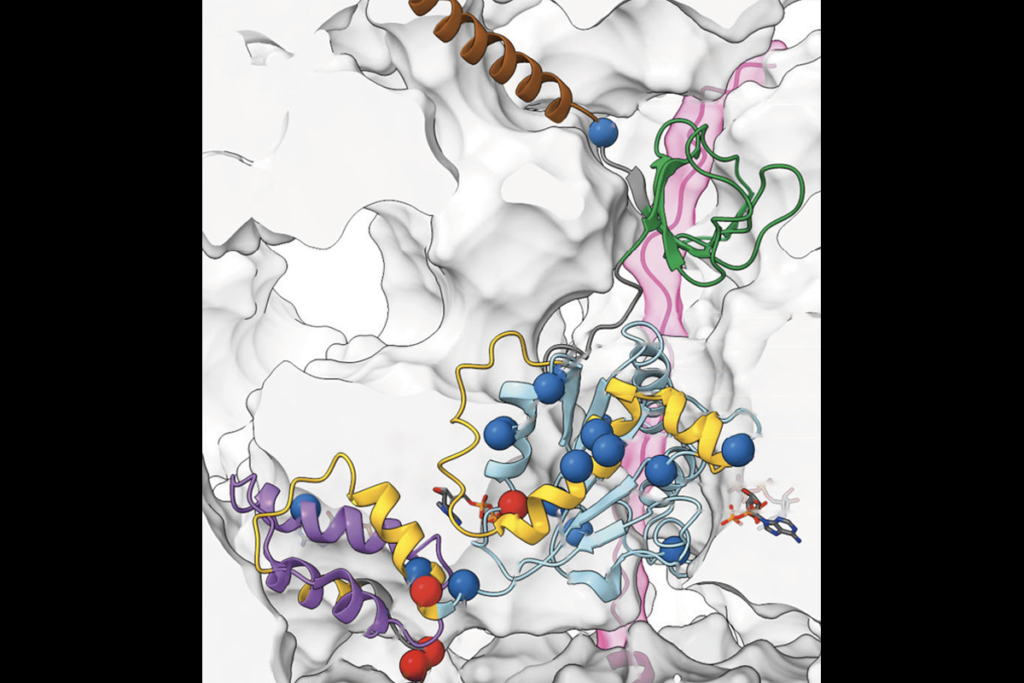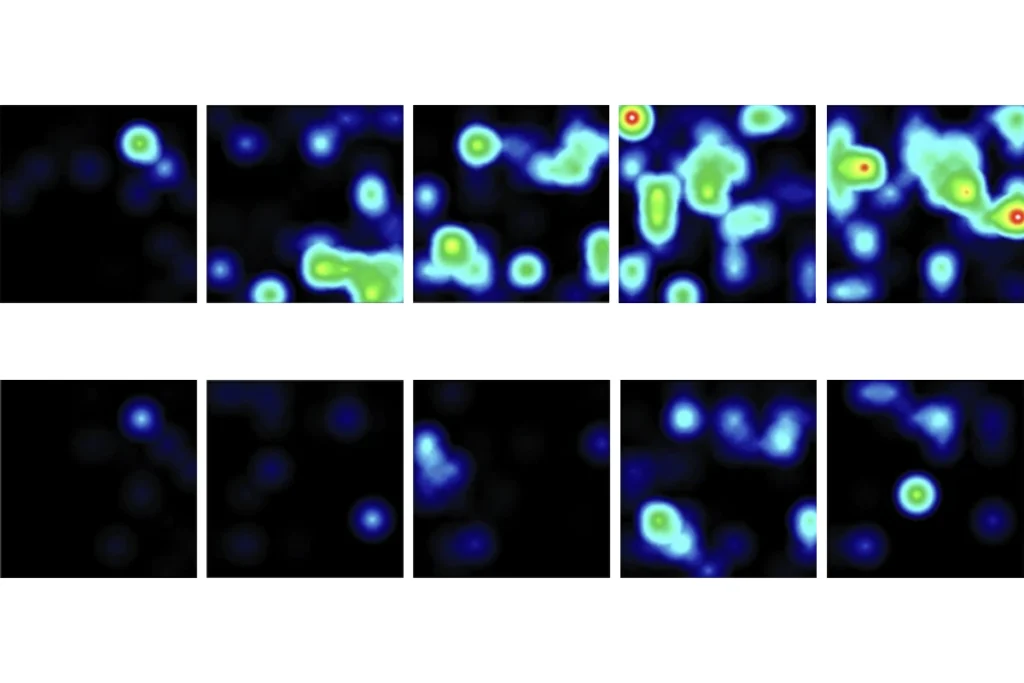- Male mice missing a copy of either of two autism-linked genes—TSC2 or SHANK3—show enhanced learning in a behavioral task compared with females carrying these variants and with wildtype mice, according to a preprint. bioRxiv
- Brain-imaging studies that engage participants in a sustained-attention task reveal robust differences between people with and without autism, according to a preprint. medRxiv
- Mice missing the FMR1 gene display altered behaviors in response to various odors and show structural changes in their olfactory bulbs. Scientific Reports
Olfaction; autism-linked genes in monkeys; eye movements
Here is a roundup of autism-related news and research spotted around the web for the week of 3 February.
By
Jill Adams
4 February 2025 | 1 min read
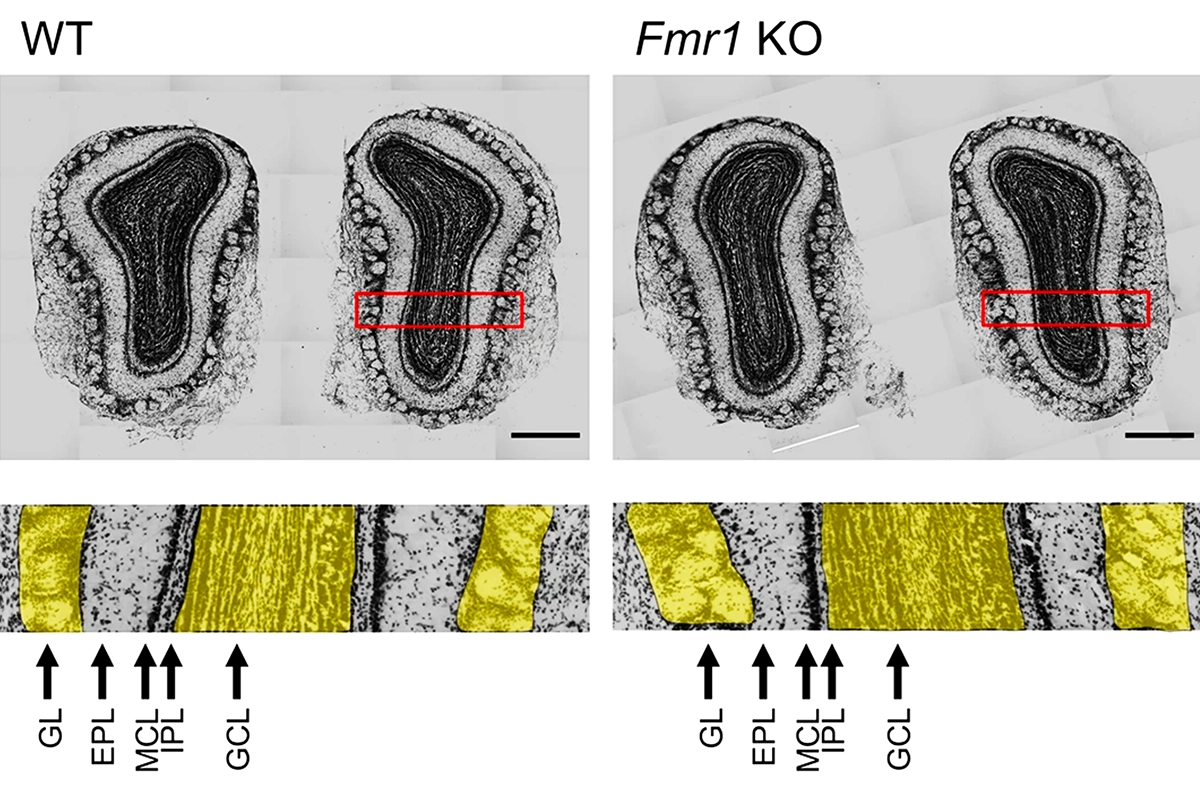
Smell test: Olfactory bulbs are larger in mice missing the FMR1 gene (right panels) compared with wildtype mice (left), with co-occuring volume changes in the glomerular and gradual cell layers (highlighted in yellow).
- Rhesus monkeys carry many gene variants similar to those associated with autism in people. Molecular Autism
- Autistic children with co-occuring attention-deficit/hyperactivity disorder exhibit different saccadic eye movements than their autistic peers without ADHD in response to a battery of oculomotor tasks. Spectrum has previously covered eye “jumps” associated with autism. Journal of Autism and Developmental Disorders
- Mice missing the autism-linked gene TBR1 in cortical neurons have altered neuronal coordination while engaging in social behaviors, according to a preprint. bioRxiv
tags:
Recommended reading
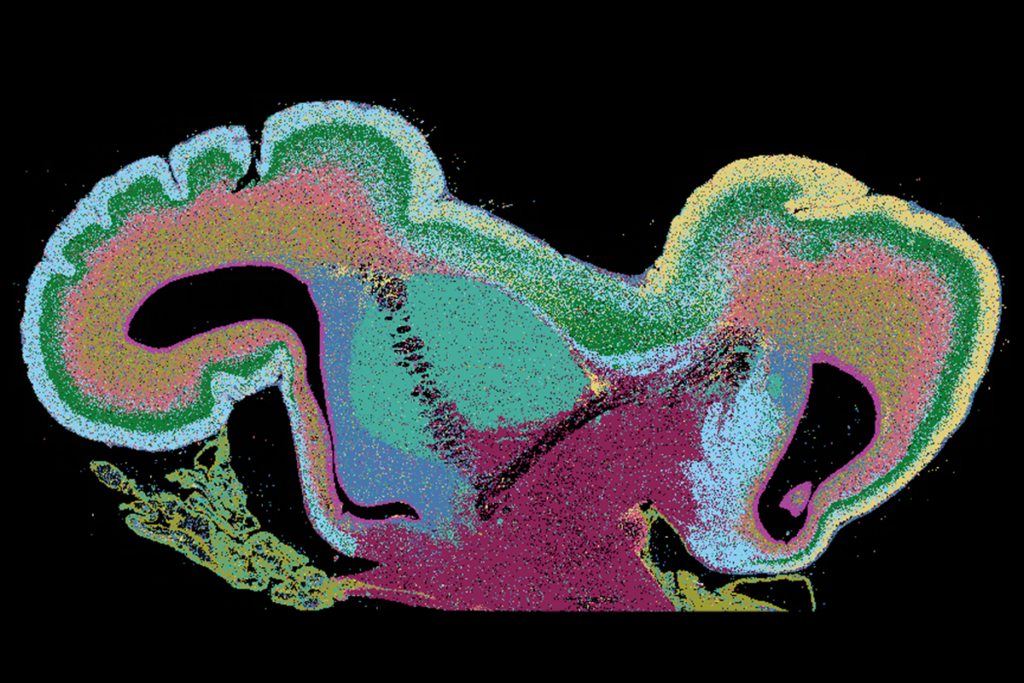
Among brain changes studied in autism, spotlight shifts to subcortex
By
Holly Barker
11 December 2025 | 5 min read
Home makeover helps rats better express themselves: Q&A with Raven Hickson and Peter Kind
By
Holly Barker
4 December 2025 | 0 min watch
Explore more from The Transmitter
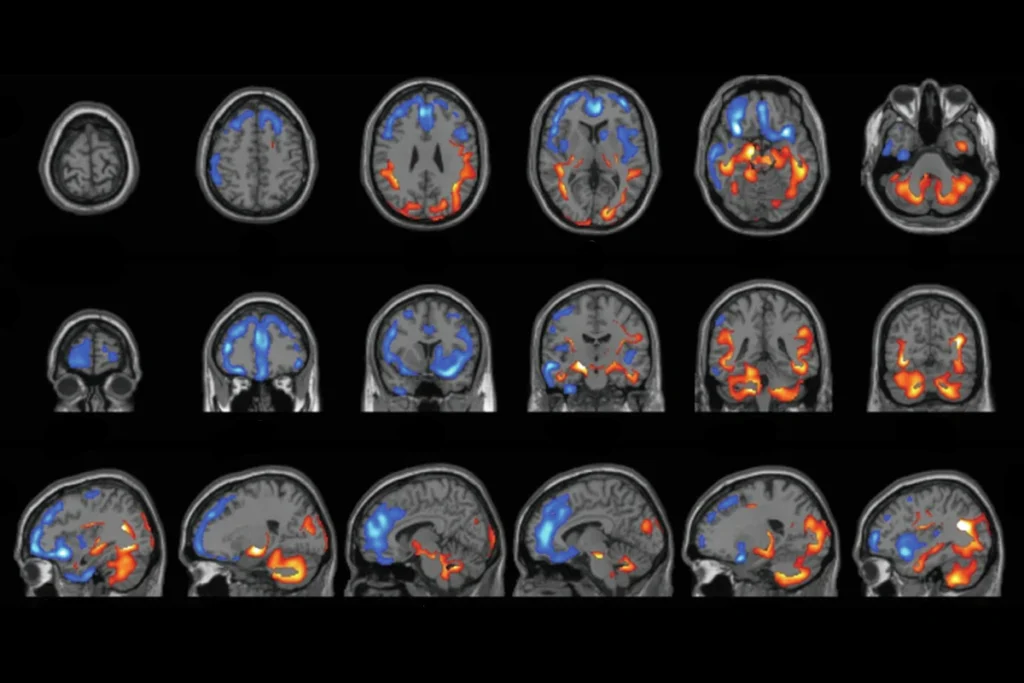
Cerebellum structure; AMPA receptors; MAGEL2 gene
By
Jill Adams
29 October 2024 | 1 min read

FOXG1 gene therapy; oligodendrocytes; stereotyped movements
By
Jill Adams
24 September 2024 | 2 min read
Cite this article:
